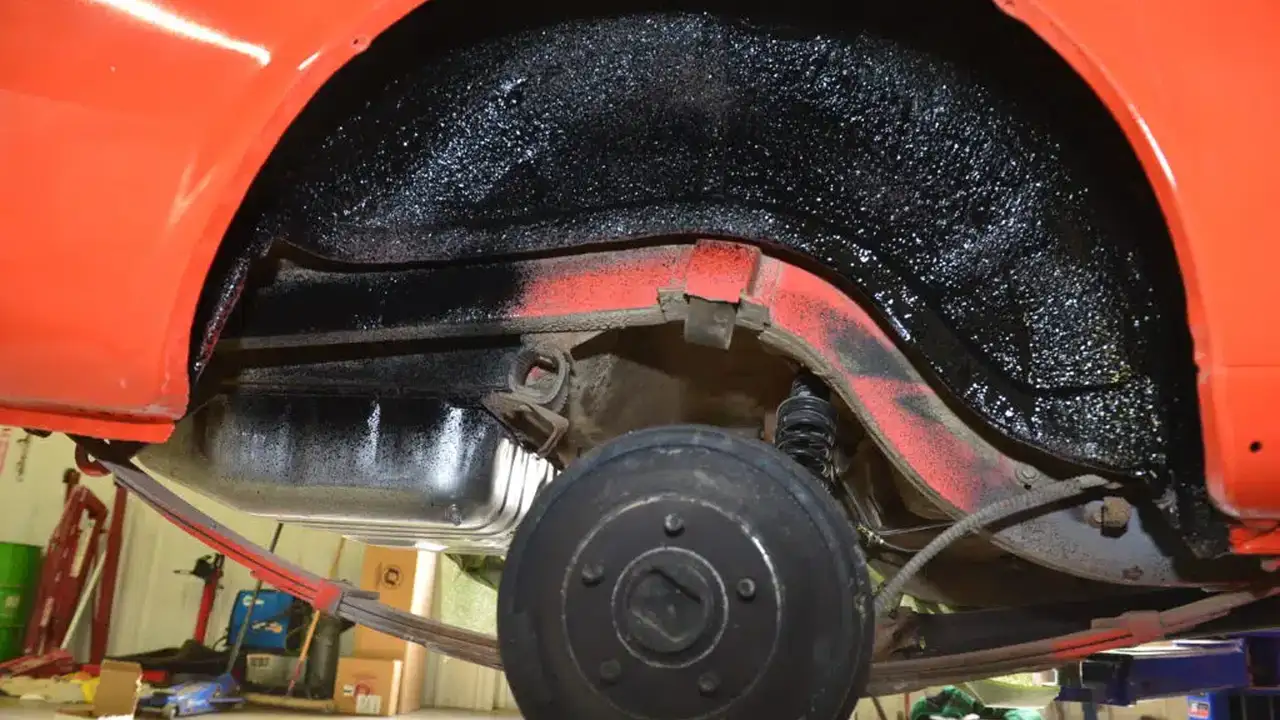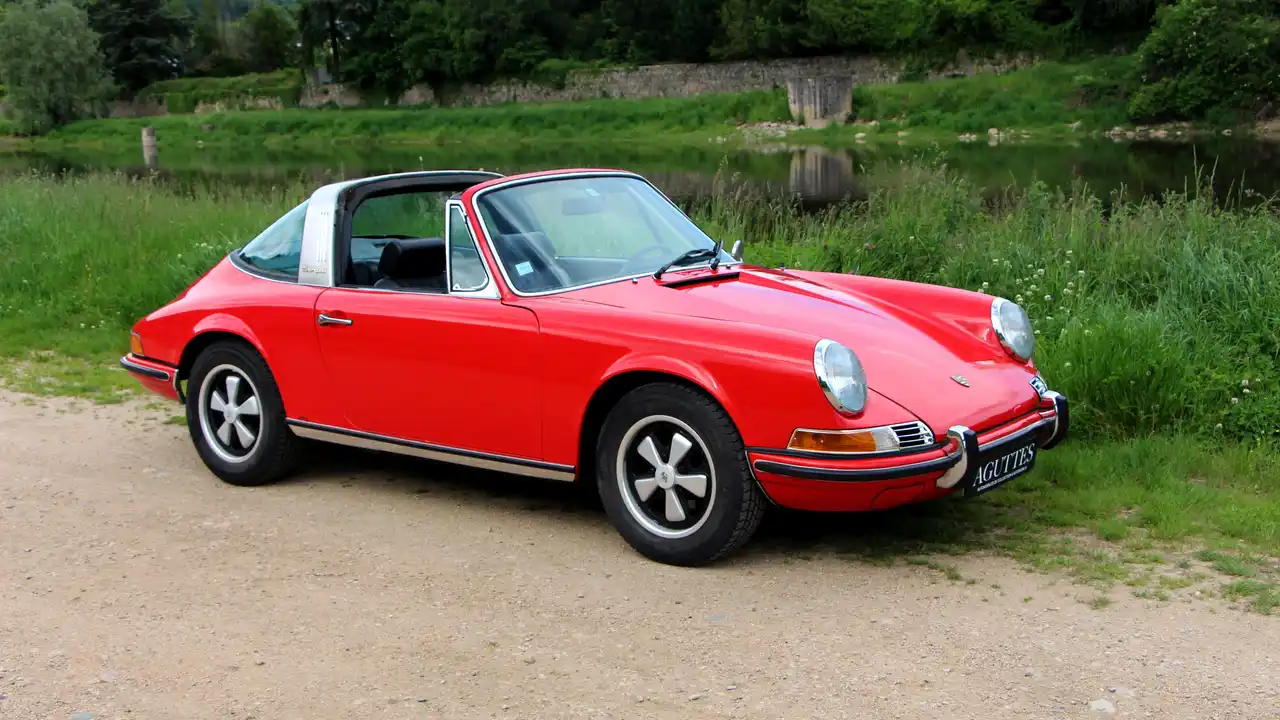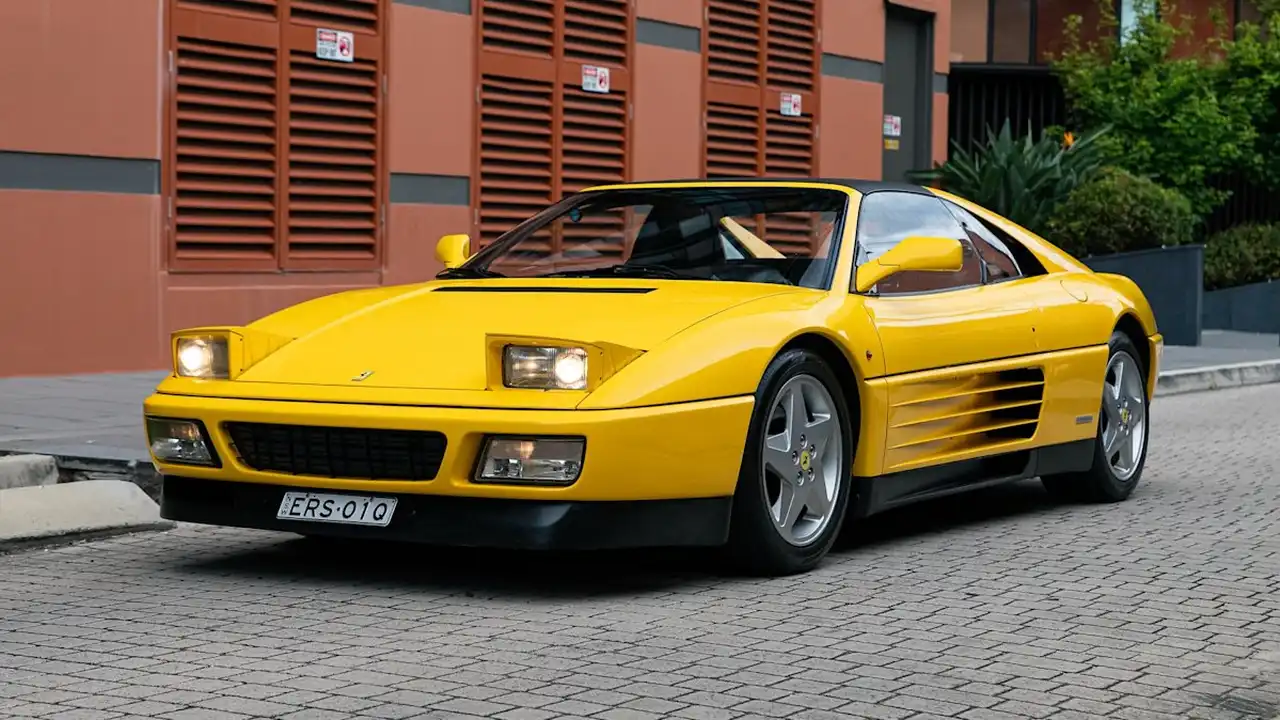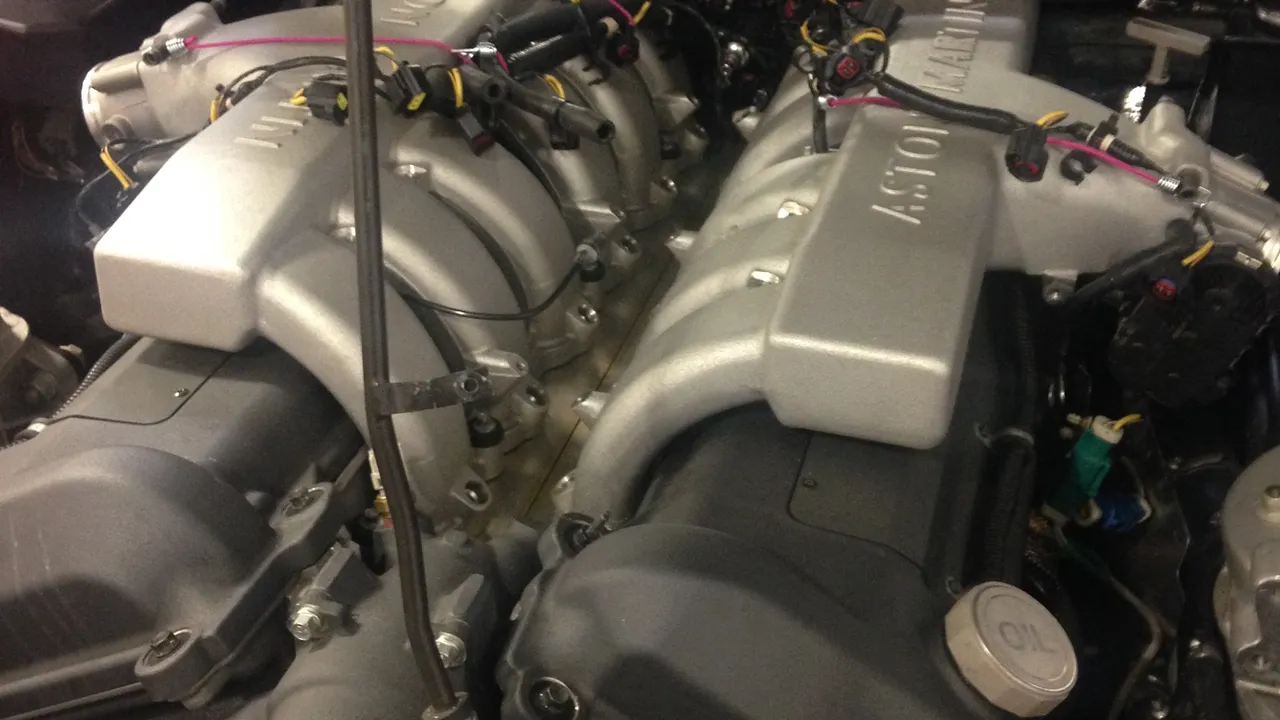Protecting Your Classic Car From Rust Ferrari Porsche Aston Martin
Learn how to protect your classic car from rust, a common threat to vintage Ferrari, Porsche, and Aston Martin models.

Understanding the Enemy Rust and Classic Cars
Okay, let's talk rust. It's the arch-nemesis of any classic car owner, especially if you're rocking a Ferrari, Porsche, or Aston Martin. These beauties weren't exactly built with the same rustproofing tech we have today. Rust, or corrosion, happens when iron or steel reacts with oxygen and moisture. This creates iron oxide, that flaky, reddish-brown stuff we all dread. Factors like road salt, humidity, and even just leaving your car parked outside can speed up the rusting process. Ignoring rust can lead to serious structural damage and a massive dent in your car's value. So, let's dive into how to keep your precious ride rust-free.
Spotting Rust Early Detection is Key
The first step in rust prevention is knowing where to look. Check these common spots regularly:
- Wheel Arches: These are constantly exposed to water and road debris.
- Lower Body Panels: Especially along the rocker panels and door bottoms.
- Seams and Joints: Water tends to collect in these areas.
- Around Windows and Trim: Anywhere there's a seal, check for bubbling paint or rust spots.
- Underneath the Car: Inspect the chassis, suspension components, and exhaust system.
Look for small bubbles in the paint, discoloration, or any signs of surface rust. Catching it early makes the repair much easier and cheaper.
Prevention is Better Than Cure Rustproofing Strategies
Now for the good stuff: how to actually protect your car. Here are some tried-and-true methods:
Regular Washing and Waxing The Foundation of Rust Prevention
This might seem obvious, but regular washing is crucial. Use a pH-neutral car soap to avoid damaging the paint. After washing, apply a good quality wax. Wax creates a protective barrier against water, salt, and other contaminants. I recommend:
- Meguiar's Gold Class Car Wash Shampoo & Conditioner: A classic for a reason, gentle on paint and effective at removing dirt. (Around $15)
- Collinite 845 Insulator Wax: Legendary for its durability and water beading. Perfect for harsh climates. (Around $30)
Usage Scenario: Wash your car every 1-2 weeks, especially after driving in wet or salty conditions. Wax every 3-4 months.
Undercoating Shielding the Underside
Undercoating provides an extra layer of protection to the underside of your car, which is particularly vulnerable to rust. There are several types of undercoating available:
- Rubberized Undercoating: Provides good protection and sound dampening.
- Asphalt-Based Undercoating: Durable but can crack over time.
- Wax-Based Undercoating: Self-healing and excellent at preventing rust in hard-to-reach areas.
I'd recommend a wax-based undercoating for classic cars. Products like:
- Fluid Film: A lanolin-based product that penetrates existing rust and prevents further corrosion. (Around $20 per can)
- Woolwax: Similar to Fluid Film but with a thicker consistency for longer-lasting protection. (Around $25 per can)
Usage Scenario: Apply undercoating annually, especially before winter. Focus on areas like the chassis, suspension components, and wheel wells. Make sure the surface is clean and dry before application.
Rust Inhibitors and Converters Chemical Warfare Against Rust
Rust inhibitors and converters are chemical treatments that can stop rust in its tracks. Inhibitors create a barrier that prevents rust from forming, while converters transform existing rust into a stable compound. Good options include:
- POR-15 Rust Preventive Coating: A legendary rust preventative coating that creates a rock-hard, non-porous finish. (Around $40 per quart)
- KBS Coatings RustSeal: Similar to POR-15, offering excellent rust prevention and durability. (Around $45 per quart)
Usage Scenario: Apply to areas with existing rust or areas prone to rusting. Follow the manufacturer's instructions carefully. Surface preparation is key for these products to work effectively. Make sure to remove loose rust and clean the surface thoroughly before applying.
Indoor Storage The Ultimate Protection
The best way to protect your classic car from rust is to store it indoors, ideally in a climate-controlled garage. This minimizes exposure to moisture, salt, and other environmental factors. If you don't have a garage, consider a car cover. But be careful – some covers can trap moisture, which can actually worsen rust. Opt for a breathable car cover made from a material like:
- Tyvek: Water-resistant and breathable, offering good protection against the elements. (Around $100-$200)
- Weathershield HP: A premium car cover material that provides excellent protection against water, UV rays, and dirt. (Around $300-$500)
Usage Scenario: Use a car cover when storing your car outdoors for extended periods. Ensure the car is clean and dry before covering it.
Addressing Existing Rust Stopping the Spread
If you already have rust, don't panic! You can still take steps to stop it from spreading. For minor surface rust, you can use a rust remover or converter. For more serious rust, you may need to have the affected area professionally repaired. This may involve cutting out the rusted metal and welding in new panels. Consider these rust removal tools:
- Wire Brush: For removing loose rust and scale. (Around $10-$20)
- Sandpaper: For smoothing the surface after rust removal. Use various grits, starting with a coarser grit and finishing with a finer grit. (Around $10-$20)
- Rust Eraser Wheel: Attaches to a drill and quickly removes rust without damaging the surrounding paint. (Around $20-$30)
Comparing Products Choosing the Right Solution
Let's break down some product comparisons to help you make the best choices:
- Wax-Based Undercoating (Fluid Film/Woolwax) vs. Rubberized Undercoating: Wax-based coatings are self-healing and penetrate existing rust, making them ideal for classic cars. Rubberized coatings offer better sound dampening but can trap moisture.
- POR-15 vs. KBS Coatings RustSeal: Both are excellent rust preventative coatings. POR-15 is known for its rock-hard finish, while KBS Coatings RustSeal is slightly more flexible.
- Tyvek Car Cover vs. Weathershield HP Car Cover: Tyvek is a budget-friendly option that provides good protection. Weathershield HP offers superior protection against the elements but comes at a higher price.
The Cost of Protection Budgeting for Rust Prevention
Rust prevention doesn't have to break the bank. A basic rust prevention kit, including car wash soap, wax, and rust inhibitor, can cost around $100-$200. Professional undercoating can cost anywhere from $500 to $1500, depending on the size of the car and the type of coating used. Major rust repairs can easily run into the thousands of dollars. Investing in rust prevention is always cheaper than dealing with the consequences of neglect.
Long-Term Care Staying Vigilant
Rust prevention is an ongoing process. Regularly inspect your car for signs of rust, wash and wax it frequently, and reapply undercoating as needed. By taking these simple steps, you can keep your classic Ferrari, Porsche, or Aston Martin rust-free and enjoy it for many years to come. Remember, a little preventative maintenance goes a long way in preserving the value and beauty of your prized possession.
:max_bytes(150000):strip_icc()/277019-baked-pork-chops-with-cream-of-mushroom-soup-DDMFS-beauty-4x3-BG-7505-5762b731cf30447d9cbbbbbf387beafa.jpg)






